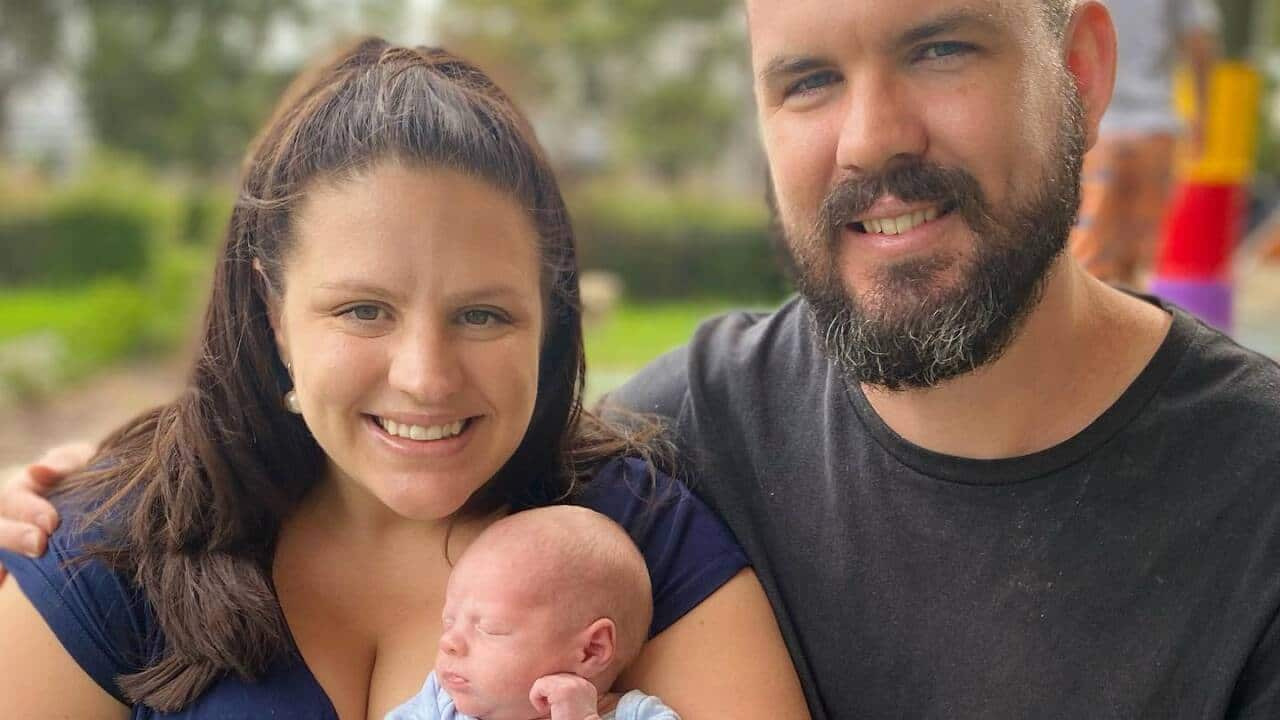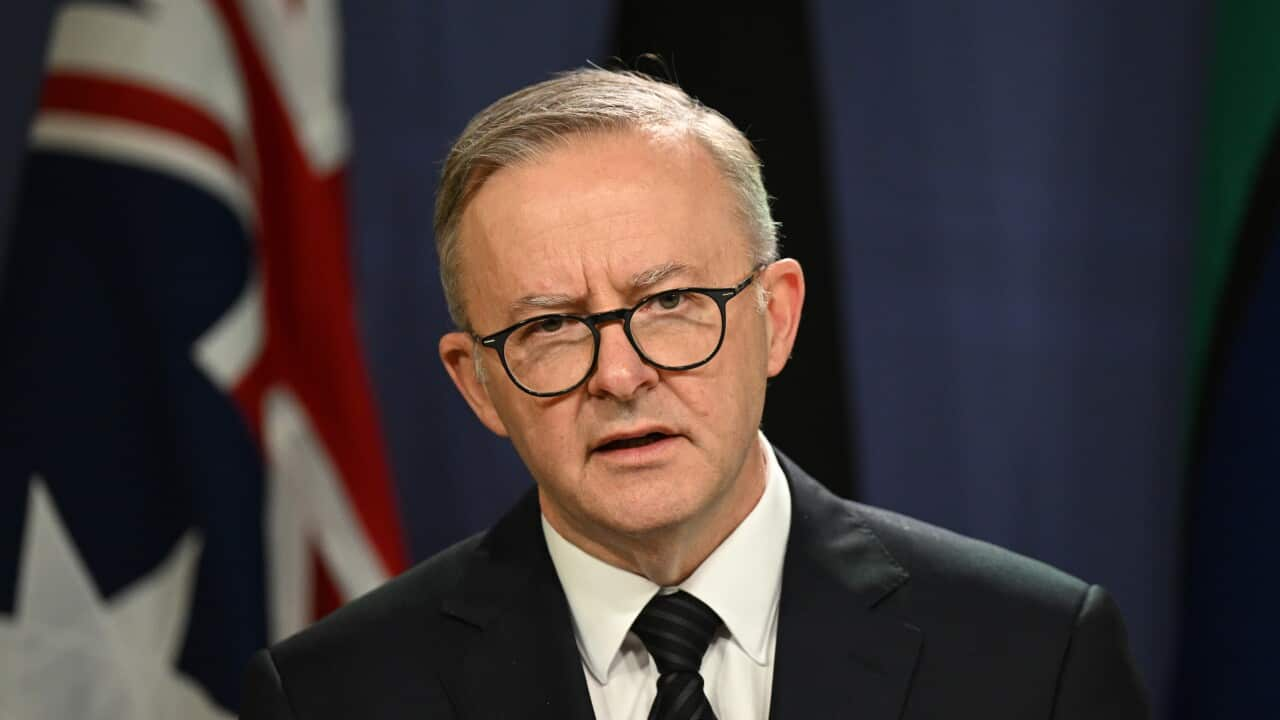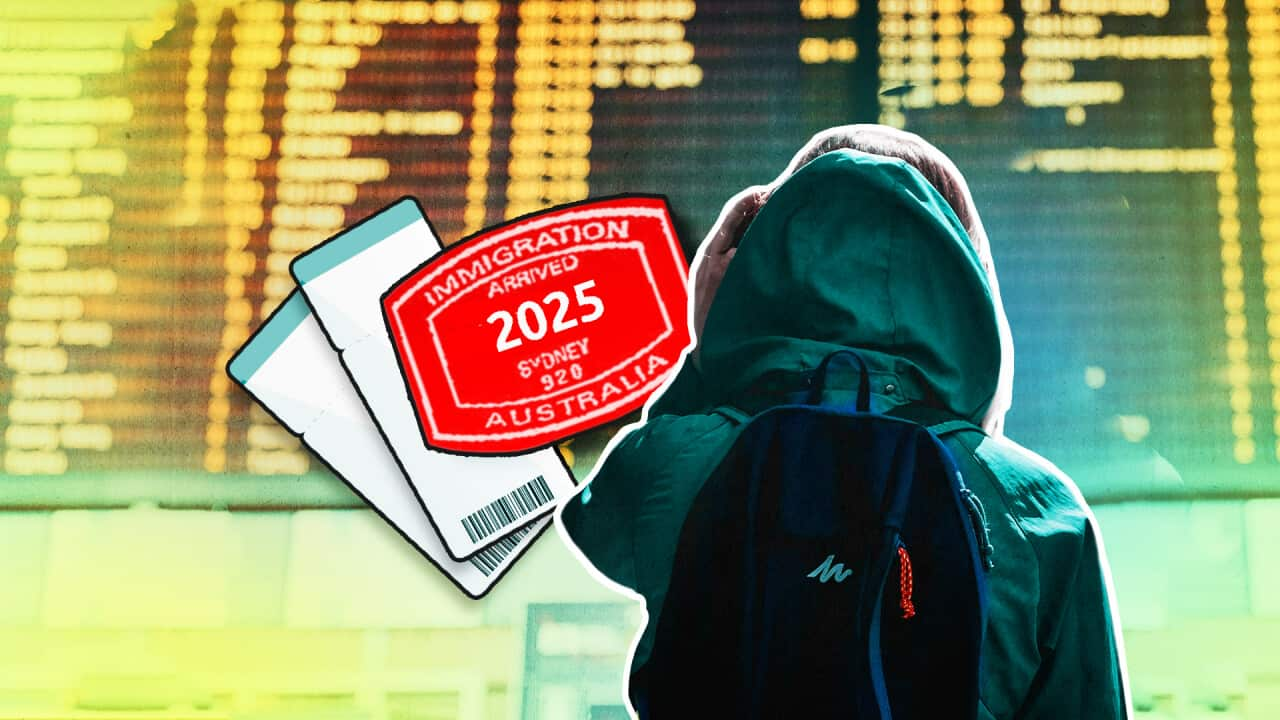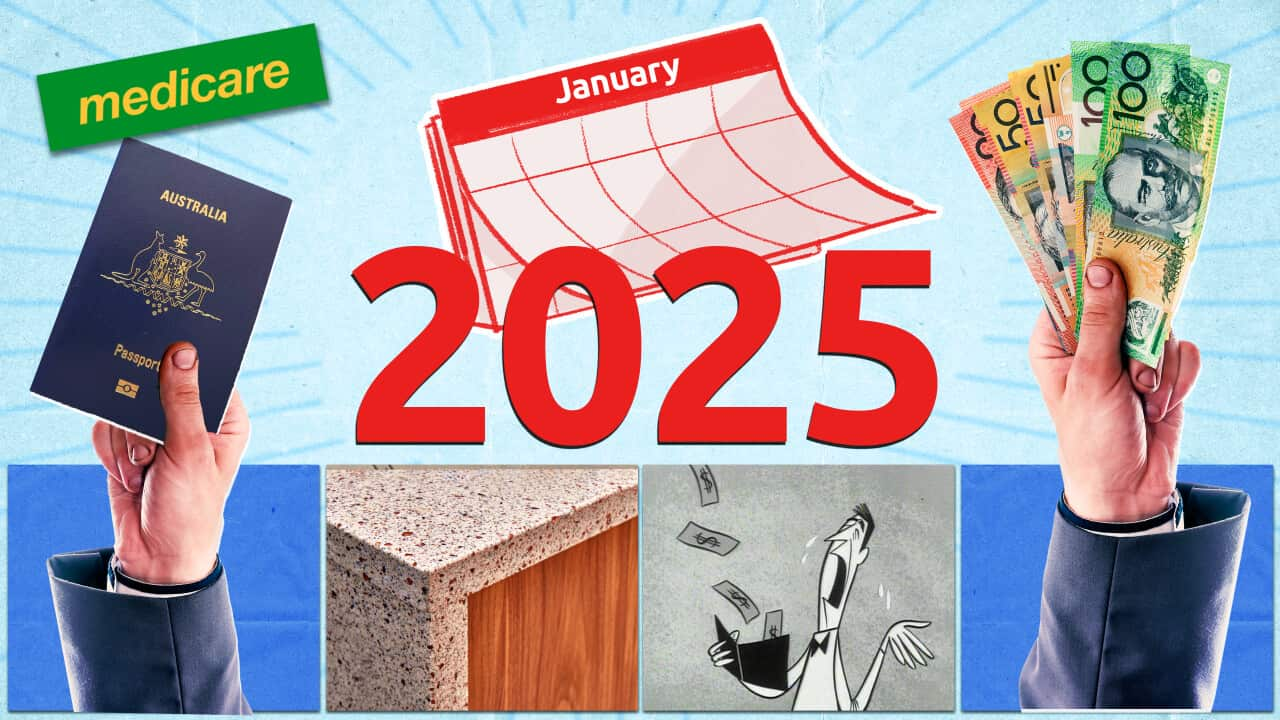As an early childhood teacher, Kelly Arnott-Goddard was able to bring her baby with her to work when she returned to her position six months after giving birth.
After taking the federal government's current 18 weeks of paid parental leave earlier this year, she and her husband, Jake, relied on his income to allow her to spend an extra two months at home caring for their first child, a son named Bear.
"The reassurance that he [Bear] would be there with me certainly helped me go back to work sooner," she said.
"But to have had that gap paid where we had to rely on one wage would have been really helpful, especially considering how expensive it is to live in Sydney."
Ms Arnott-Goddard said she welcomed the Albanese government's announcement on Saturday that in a staged plan to be rolled out by July 2026, and hoped she would benefit if they decided to expand their family.
"We could divvy that up between us both and I could take four months and my husband could take two - that would be good for not only myself to get back to work sooner but also for developing the bond between him and the baby," she said.

Ms Arnott-Goddard was able to take her son with her to work at a childcare centre. Source: Supplied
Prime Minister Anthony Albanese said the policy change would support 'modern' families and provide them with greater choice.
"We know that investing in parental leave benefits our economy," he said.
"It is good for productivity and participation, it's good for families and it's good for our country as a whole."
Business Council chief executive Jennifer Westacott said the extended pay would help boost the economy by making it easier for parents to stay in the workforce.
"We've long called for reform to the paid parental leave system because providing adequate time off to new parents and encouraging equal sharing of care is good for the economy and good for families," she said.
The Australian Council of Trade Unions president Michele O'Neil said the more generous leave scheme was a great step forward for parents.
"Paid parental leave should be flexible and available to all parents, and this new scheme is a big improvement in this regard," she said.
But Ms O'Neil said the union body would continue its campaign for parental leave to be paid at workers' full replacement wage including superannuation.
Greens' Senate leader Larissa Waters called on the government to introduce the reforms immediately, as well as increase the payment to a replacement wage, with superannuation.
"Australia has one of the weakest parental leave schemes globally - yes it should be paid for longer, but without super, or an increase to the amount paid, women are still losing out," she said.
"And phasing this in over four years is an insult when women have waited for over a decade for decent paid parental leave."

Greens Senator Larissa Waters is among those calling for the paid parental leave scheme to include superannuation. Source: AAP / MICK TSIKAS
The seven-year timetable for personal income tax cuts over three stages was laid out by then treasurer Scott Morrison in the 2018 federal budget.
Already legislated, the plan would abolish the 37 per cent tax rate, putting in place a 30 per cent flat tax rate for anyone earning between $45,000 and $200,000.
It would cost the budget $244 billion over 10 years.
How Australia's paid parental leave compares to other countries
Parent advocacy group The Parenthood said Australia has one of the lowest-paid parental leave schemes in the world with just 20 weeks currently offered at the minimum wage.
In most cases, the primary-carer (often the mother) receives 18 weeks' leave at the minimum wage of $812.45 through Centrelink, plus any paid employer-funded leave.
The non-primary carer can also take a fortnight of government-paid leave at the same minimum wage rate, but must not be working or taking paid employer leave during this period.
Of the 38 nations that are part of the Organisation for Economic Co-operation and Development (OECD), 31 nations offer longer paid maternity leave than Australia, with the following countries offering the highest: Slovak Republic (164 weeks), Finland (161 weeks) and Hungary (160 weeks).
"In OECD countries, the average length of paid leave parents have access to is more than 50 weeks, so this package that's on the table right now would not put Australia in contention with that average," The Parenthood executive director Georgie Dent said.
"But what is significant is that for 11 years, no meaningful change has been introduced, and it's also significant that the Prime Minister has said that this is just the starting point from which they would like to build upon."

The Parenthood executive director Georgie Dent has welcomed reforms to the paid parental leave scheme. Source: Supplied
According to the Australian government's Workplace Gender Equality Agency, the national gender pay gap is 14.1 per cent.
Earnings data released by the Australian Bureau of Statistics in August showed that men were earning an average of $263.90 more than women a week.
"Fathers in Australia take less than 20 per cent of the paternity leave days as their global peers, and that's not because they don't want to spend more time in that critical first year of the baby's life," she said.
"It's not surprising that in countries around the world where they have offered dads extended parental leave as the norm, that the wellbeing of children, mothers, and fathers all improved."
The government said it will maintain "use it or lose it" weeks to encourage and facilitate more dads and partners to access PPL, so that both parents can share in caring responsibilities more equally.
Further details of the parental leave plan will be announced in the budget later this month.











